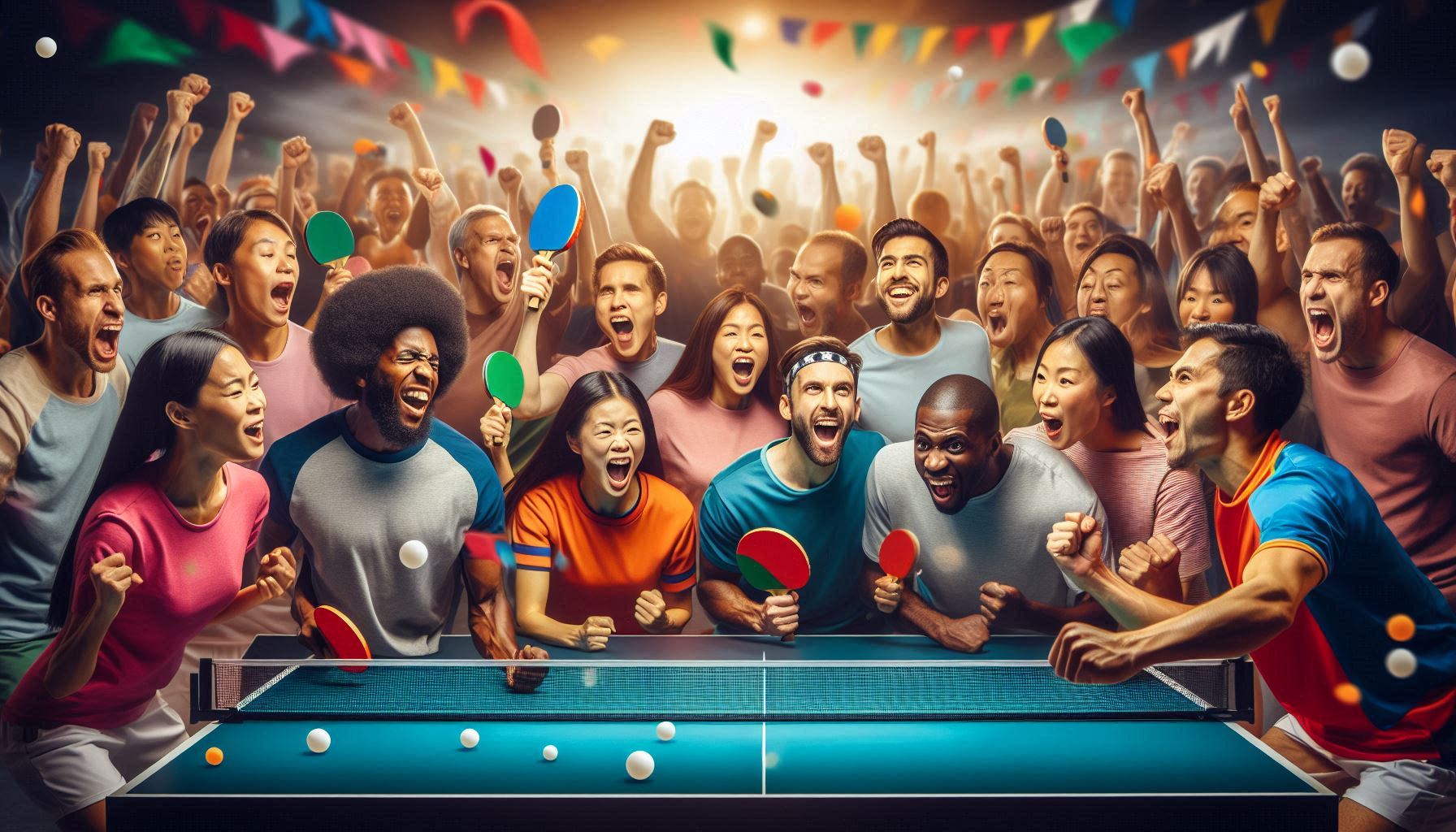Ping pong, also known as table tennis, is a fast-paced and exciting sport enjoyed by millions worldwide. At the heart of this game is the humble ping pong ball—a small but crucial piece of equipment that can significantly impact gameplay. Whether you’re a beginner or a seasoned player, understanding the different types of ping pong balls, their materials, sizes, and quality standards can help you improve your game.
In this comprehensive guide, we’ll cover:
✔ What is a ping pong ball?
✔ Standard size and weight
✔ Materials used in manufacturing
✔ Different types of ping pong balls
✔ ITTF-approved vs. recreational balls
✔ How to choose the best ping pong ball
✔ Proper care and storage
✔ Fun facts about ping pong balls
By the end of this article, you’ll be an expert on everything related to ping pong balls!
What is a Ping Pong Ball?
A ping pong ball is a lightweight, hollow sphere specifically designed for table tennis. It is typically made of plastic or celluloid and is known for its high bounce and durability. The ball must meet strict size, weight, and bounce specifications set by the International Table Tennis Federation (ITTF) to be used in official competitions.
Standard Size and Weight of a Ping Pong Ball
According to ITTF regulations, a regulation ping pong ball must have:
-
Diameter: 40mm (since 2000, previously 38mm)
-
Weight: 2.7 grams
-
Color: White or orange (must be matte, not glossy)
-
Bounce Height: Must rebound to about 24–26 cm when dropped from a height of 30 cm
These standards ensure consistency in professional and amateur play worldwide.
Materials Used in Ping Pong Balls
Ping pong balls were originally made of celluloid, a highly flammable material. However, due to safety concerns, most balls today are made from non-flammable plastic (ABS – Acrylonitrile Butadiene Styrene). Here’s a comparison:
| Material | Pros | Cons |
|---|---|---|
| Celluloid | High bounce, traditional feel | Flammable, brittle, less durable |
| ABS Plastic | Safer, more durable, consistent bounce | Slightly different feel than celluloid |
Since 2014, the ITTF has mandated plastic balls for all official tournaments.
Different Types of Ping Pong Balls
Not all ping pong balls are created equal. They are categorized based on quality, material, and intended use:
1. ITTF-Approved (3-Star) Balls
-
Highest quality, used in professional tournaments
-
Consistent bounce and flight
-
Made of seamless ABS plastic
-
Brands: Nittaku, Butterfly, DHS, Stiga
2. Training (2-Star) Balls
-
Good for practice and club play
-
Slightly less durable than 3-star balls
-
Still offer decent bounce and control
3. Recreational (1-Star) Balls
-
Cheapest option, great for casual play
-
Less consistent bounce
-
Often made of courdescomptestogo.org lower-quality plastic
4. Novelty & Outdoor Balls
-
Thicker plastic for wind resistance
-
Used in beer pong or outdoor play
-
Not suitable for competitive table tennis
How to Choose the Best Ping Pong Ball
Selecting the right ping pong ball depends on your skill level and purpose:
✅ For Professionals: Always use ITTF-approved 3-star balls (e.g., Nittaku Premium).
✅ For Training: Opt for 2-star balls—they’re affordable yet reliable.
✅ For Casual Play: 1-star balls are fine, but avoid very cheap ones as they break easily.
✅ For Outdoor Use: Get thicker, durable balls designed for wind resistance.
Pro Tip: Always check for the ITTF logo if you need tournament-approved balls.
Proper Care & Storage of Ping Pong Balls
Ping pong balls may seem sturdy, but they can get damaged easily. Follow these tips to extend their lifespan:
✔ Store in a cool, dry place – Avoid extreme heat or humidity.
✔ Keep in a sealed container – Prevents dust and deformation.
✔ Avoid stepping on them – Even slight cracks affect performance.
✔ Rotate balls during practice – Prevents wear and tear on a single ball.
Fun Facts About Ping Pong Balls
🔹 Ping pong balls were originally made of cork! (Late 1800s)
🔹 The fastest ping pong shot was 116 km/h (72 mph)! (Set by Adam Bobrow)
🔹 Ping pong balls can float in water due to their lightweight design.
🔹 NASA has used ping pong balls in space experiments!
Final Thoughts
The ping pong ball may be small, but it plays a massive role in table tennis. Whether you’re playing competitively or just for fun, choosing the right ball can enhance your game. Always opt for high-quality, ITTF-approved balls if you’re serious about improving your skills.
Now that you know everything about ping pong balls, grab your paddle, and let’s play! 🏓
FAQs About Ping Pong Balls
Q: Why did the ITTF switch from celluloid to plastic balls?
A: Due to celluloid’s flammability and environmental concerns, plastic balls (ABS) were introduced for safety and consistency.
Q: Can I use orange ping pong balls in tournaments?
A: Yes! ITTF allows both white and orange balls, as long as they’re matte and meet size/weight standards.
Q: How long does a ping pong ball last?
A: Depends on usage—professional players may change balls every few matches, while casual players can use them for months.
Q: Are expensive ping pong balls worth it?
A: For serious players, yes! High-quality balls offer better bounce, spin, and durability.
